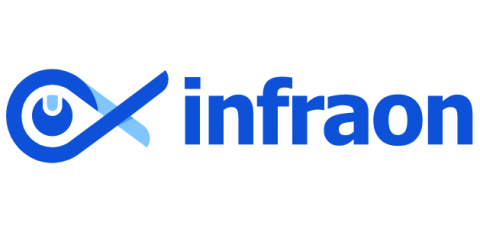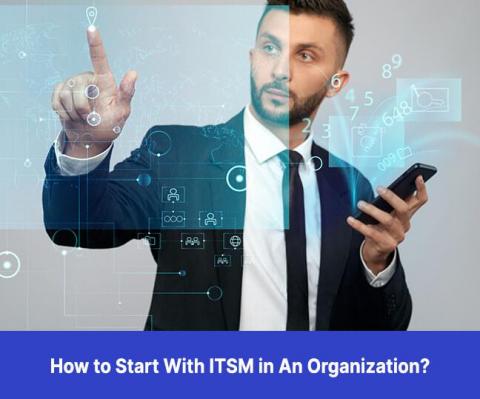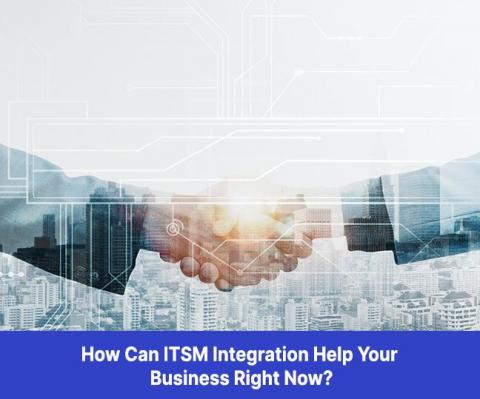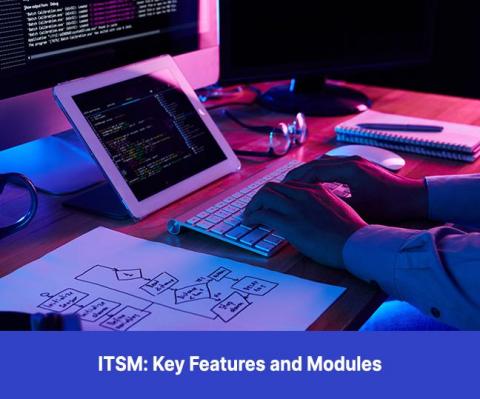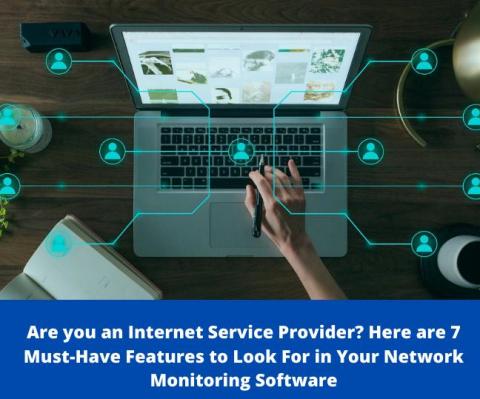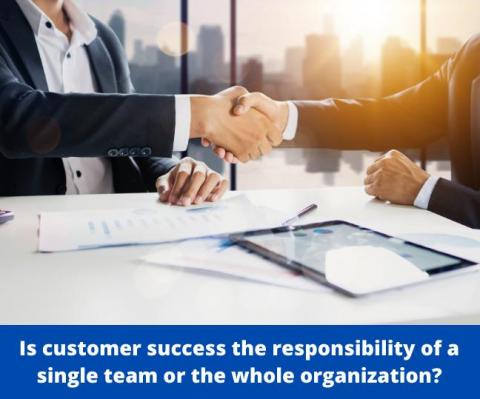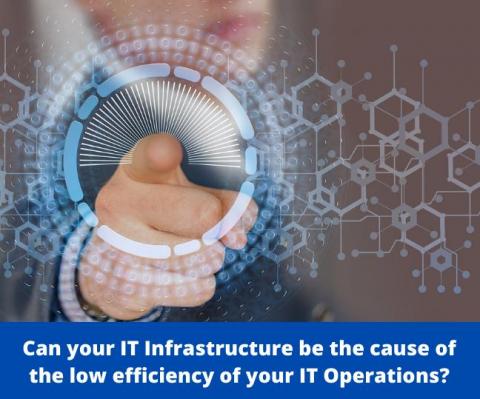Top 7 ITSM tools to help deliver a delightful support experience
If your company has more than a few employees, and if even one of you is the designated “IT guy,” you’re already applying ITSM in a small way. But as your company expands, you need to bring in more mature processes to derive the most benefits from your ITSM investment. Therefore, effective IT sinervice management has become vital to guarantee long-term success.


